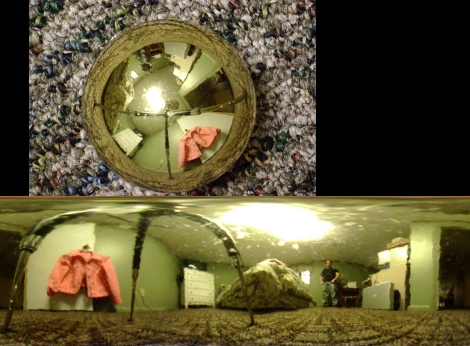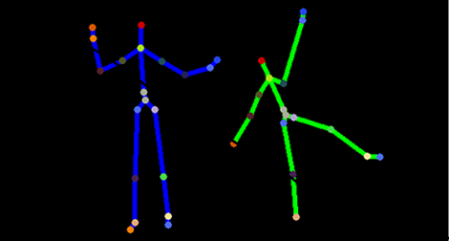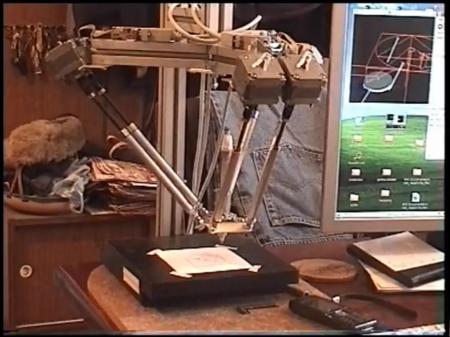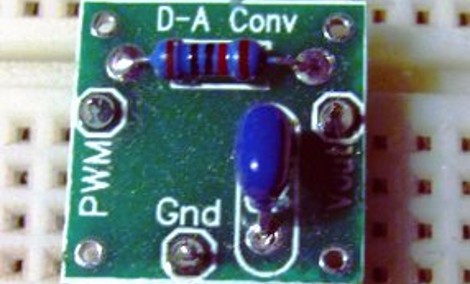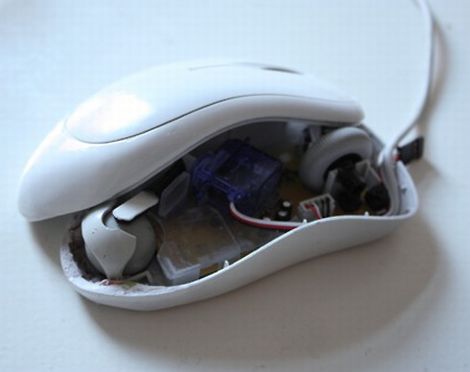
[Andrey Mikhalchuk] is trying to gather a base set of lab instruments. Specifically, he’s looking for hardware that will let him quickly filter solids out of a liquid. He first started by adding a cotton disk to a plastic funnel. It does the job, but when left to gravity it’s quite slow. He needed a way to speed up the flow even when the filter is heavily clogged with particulates.
There’s already a solution to this problem. It’s a glass container called a Büchner Flask. These feature a glass tube coming out from the neck. By hooking a vacuum pump up to this tube, reduced pressure inside the flask will pull the liquid through the filter in no time. Rather than purchase the specialty item, [Andrey] altered a rubber stopper to accept both the funnel, and a glass tube. This is a cheaper version because it uses a common conical flask but it works just as well. To create the vacuum, an altered bike pump was used. Check out videos of both hacks after the break. Continue reading “Making Your Own Lab Instruments”

